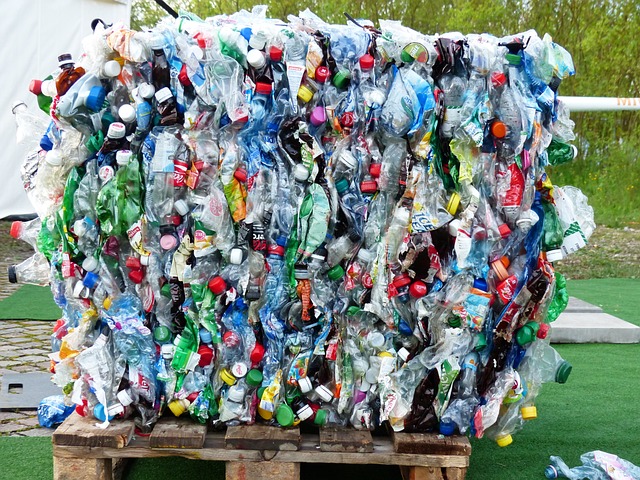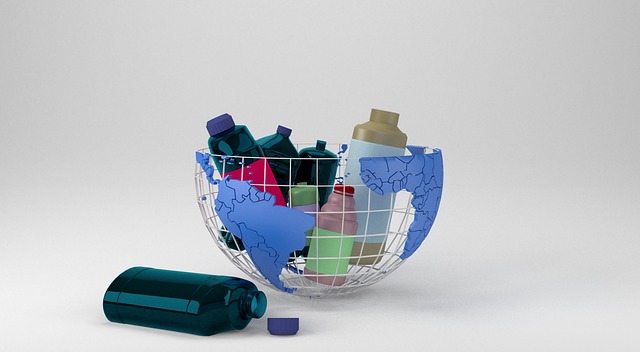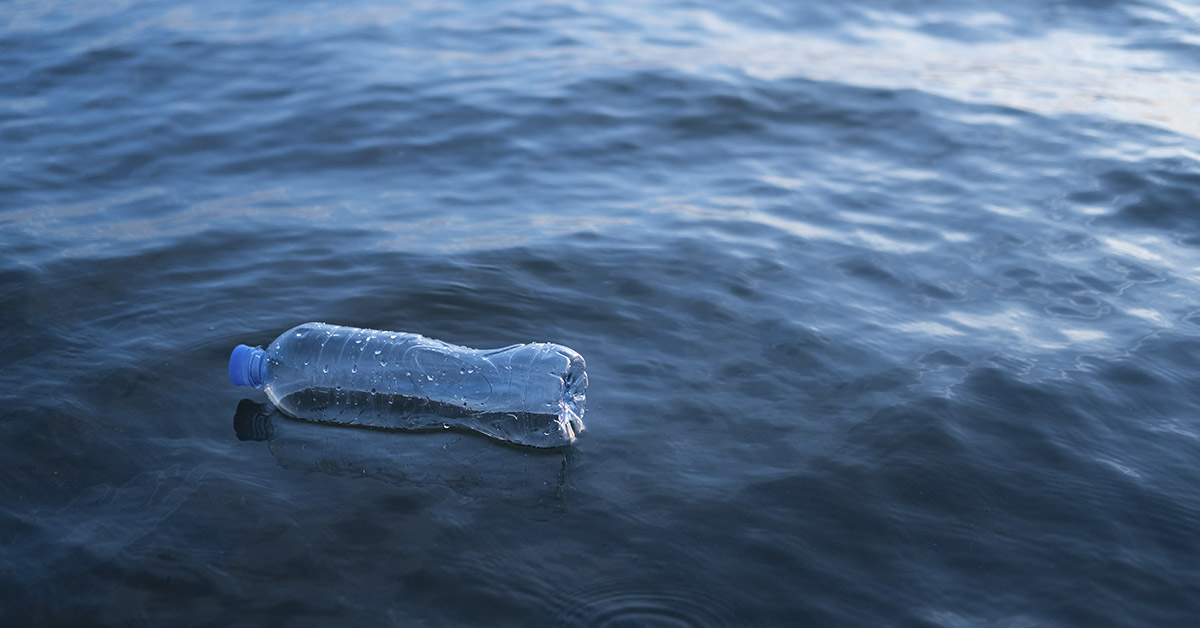What happens to the plastic we use every single day? Think of all the grocery bags and product packaging we use every week. We like to assume that someone is taking care of it, that our plastic is being responsibly recycled somewhere down the line. However, the shocking truth is that only 9% of all plastic produced ends up being recycled. The rest of it ends up in our landfills, incinerators, and our environment. In fact, around 50% of it ends up in landfills, and 22% is completely mismanaged, ending up in our environment, including our oceans. Every single minute that passes, a full dump truck’s worth of plastic enters our ocean. By 2050, it will be closer to four dump trucks’ worth of plastic.
The Vital Need For A Dissolvable Plastic

If we don’t find a solution to this ever-growing problem soon, we could cause permanent damage to the marine biodiversity on this planet. The buildup of plastic has already resulted in masses of garbage larger than many countries converging in the ocean. Look at the Great Pacific Garbage Patch, for example. Situated at the place in the Pacific Ocean where currents converge, the plastics have formed a mass that is 4.5 times the size of Germany! Thankfully, there are currently several researchers and companies working to address this problem around the world.
Many of these projects try to remove the plastic already in the ocean, such as Seabin and Ocean Cleanup. Yet, the main issue regarding plastic is yet to be addressed – the fact that it isn’t biodegradable. However, a new invention may soon change that. Researchers from the RIKEN Center for Emergent Matter Science and the University of Tokyo recently developed a type of plastic that completely dissolves in seawater. Based on supramolecular chemistry, the plastic comprises ionic monomers that are linked by reversible salt bonds.
This means that the plastic will function perfectly when in use, but will rapidly degrade when exposed to a salty environment. Using this new material, the researchers were able to produce a plastic that is strong yet recyclable and capable of serving multiple functions. Most importantly, however, is the fact that it will not produce microplastics. It starts to break down within mere hours when submerged in seawater. When placed in soil, it completely decomposes within 10 days. Best of all, it releases nutrients into the soil that can actually benefit plant life, similar to fertilizer. The plastic can also be molded into various other traditional forms, such as thermoplastics.
Read More: Mushrooms Can Eat Plastic, Petroleum and CO2
How Dissolvable Plastic Is Manufactured

The manufacturing process of the dissolvable plastic involves mixing the components in water. This creates a viscous layer that contains the structural elements and a watery layer enriched with salt ions. This step ensures that the plastic retains its strength. An impressive 91% of the main component can be recovered, which means it is highly recyclable. This is a huge improvement over existing plastics, which eventually degrade into microplastics. These microplastics eventually make their way into our food supply, which then enters our own bodies. This has raised serious concerns about the potential health implications for our species. Therefore, it is no surprise that many people are excited about the prospect of this technology being implemented around the world.
They hope that this dissolvable plastic will be used in applications such as single-use packaging. However, this change will require that policymakers, manufacturers, and researchers from around the world collaborate towards a common goal. At a time when we seem to be at a crucial tipping point, this new technology could help prevent us from causing irreversible damage to our planet. This significant development offers “a promising alternative to tackle marine pollution”, according to Joaquín Martínez Urreaga from the Polytechnic University of Madrid. However, there are several challenges that lie ahead if this new technology is to be implemented globally. The material would have to be capable of being produced at scale. Additionally, an infrastructure that supports its utilization would also need to be developed.
The Bottom Line

The invention of dissolvable plastic by Tokyo researchers represents a historic turning point in the global struggle against plastic pollution. Scientists have created a substance that behaves like traditional plastic but degrades safely in natural environments. This could potentially pave the way for sustainable solutions that might dramatically reduce our reliance on long-lasting plastics. While hurdles remain in expanding manufacturing and establishing the infrastructure required for wider adoption, this breakthrough provides much-needed hope. With global cooperation, we may be able to break free from our disastrous plastic legacy and transition to a more sustainable future.
Read More: How Microplastics Affect Human Well-being: The Hidden Threats

